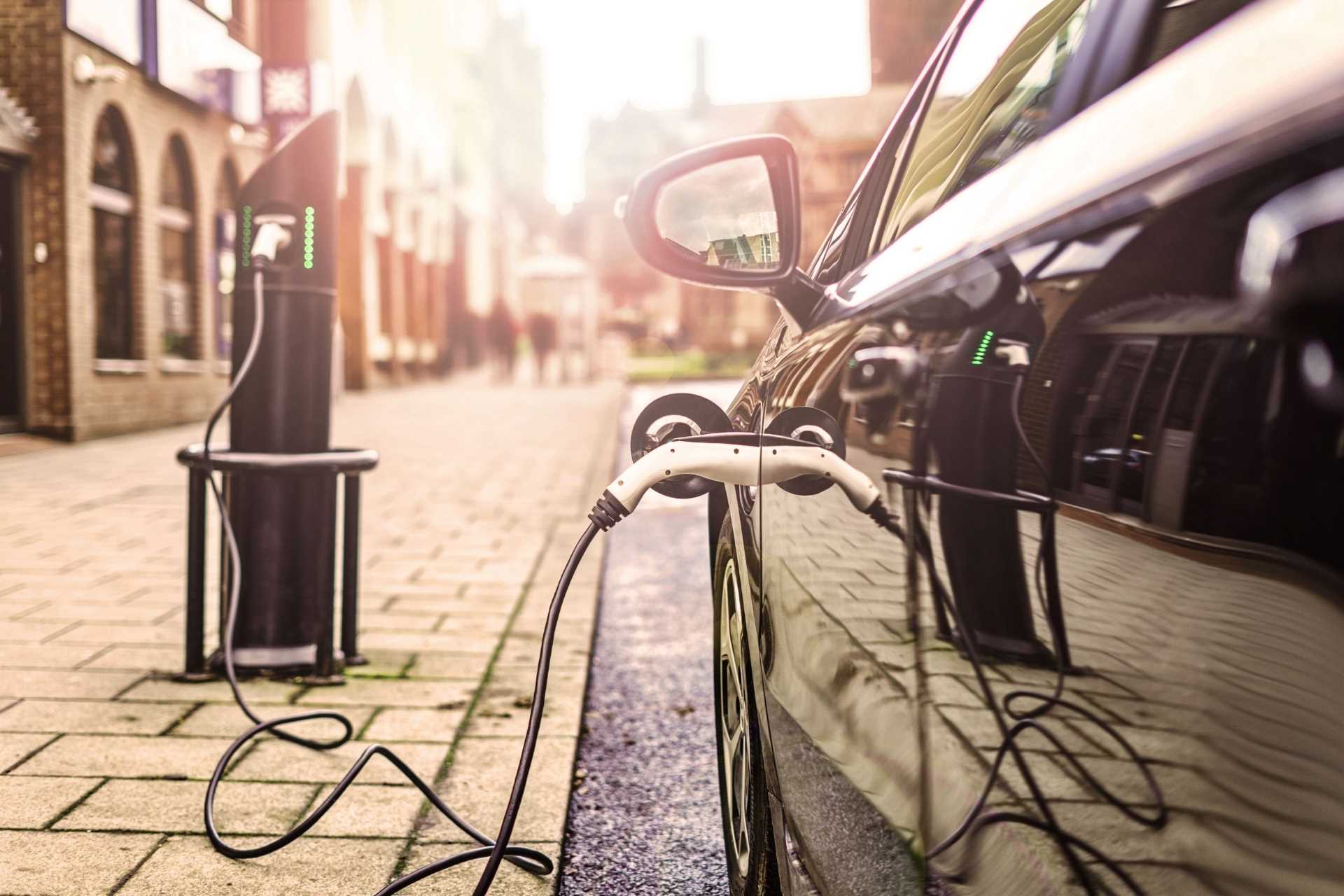
IAM RoadSmart recently spoke with the Office for Zero-Emission Vehicles (OZEV), who outlined their long-term goals and ambitious visions for improving and easing the transition to EVs.
In 2019, the UK became the first major global economy to pass legislation to end its contribution to climate change. In the year prior to the legislation, cars and vans accounted for nearly a fifth of the UK’s total emissions – tackling these emissions is critical if we are to successfully achieve our climate change goals.
In addition, as part of the ‘Ten-point plan for a green industrial revolution’, the ban on the sale of new petrol and diesel cars and vans by 2030, with all new cars and vans being fully zero emission from 2035 was announced.
OZEV works across the government to support the transition to zero-emission vehicles (ZEVs). They provide support for the take-up of plug-in vehicles, as well as funding to support charge point infrastructure across the UK.
The current state of the EV market:
- Current industry data for 2022 shows that 1 in 5 new cars sold had a plug.
- Over 1 million plug-in vehicles have been sold in the UK since 2010.
- The market for more affordable zero-emission cars is growing rapidly, with 24 models priced under £32k.
- In 2021, total public chargepoints increased by 37%; rapid chargepoints increased by 33%. On average, over 600 new chargers are being added to the UK’s road network each month.
- It is expected that at least 10 times more public chargepoints will be installed across the UK by the end of the decade, bringing the number to around 300,000 by 2030.
EV current consumer experience:
It is evident that the EV market has seen a huge uptake in recent years but is the nation ready? There are a number of concerns and misconceptions about EVs that are still making people think twice – National Grid has addressed some of the most common myths here: https://www.nationalgrid.com/stories/journey-to-net-zero/electric-vehicles-myths-misconceptions
More importantly, the current user experience isn’t as refined and stress-tested as the petrol and diesel vehicle market, making it a hard sell for those looking to make the transition.
Location:
On many modern cars, finding a car park or fuel station is as simple as clicking one button on the infotainment display or asking Siri. For EV drivers this can be a painful task as many chargepoints don’t appear on Google/iOS maps. To get a full view of where your closest one may be, you’ll have to download a specific EV map application.
Additionally, on-street charging can be rather patchy and unreliable meaning that you’re more than likely to have to rely on and pay for your own home charger.
Whilst driving:
As previously mentioned, searching for a car park or fuel station is a seamless process for the conventional fossil fuel motorist. However, the lack of chargepoints visible on existing map applications and the lack of integration of the third-party EV charging point apps can make it extremely difficult for EV motorists to find them on the move.
This makes the transition for fleet drivers a very difficult move. Fleet managers will struggle to plan routes as they’ll have to take into account the range of the vehicles and the route to be able to recharge.
Parking and charging:
After finding somewhere to park, that isn’t the end! Charging points often come with further issues such a confusing parking arrangement, the charging point not actually working, or having to work out how the various connectors work with your vehicle. Furthermore, drivers may feel unsafe leaving their vehicle charging, or sitting in the vehicle whilst they’re waiting.
Additionally, drivers have the added annoyance of having to pay for parking and charging separately with various multiple charging point operators, with different apps and different ways to operate their chargers.
Payments:
After managing to find a parking space, parking your vehicle, connecting to a charger, downloading the various apps and paying for the parking, you’re still faced with the issues of having to pay via a different app or navigating the confusing landscape of some providers offering contactless, free charging, or simply just unclear instructions.
Fleets will also have the added issue of not having fuel cards as they do for fuel stations, meaning they will have to download the various applications themselves and claim back for parking and charging causing an admin build-up for the fleet managers.
OZEV key areas for improvement:
The Office for Zero Emission Vehicles have ambitious visions for the chargepoint rollout so that all motorists can benefit from the transition to EVs, starting by intervening in four key areas:
Mandating a single payment metric.
Enables consumers to compare prices across different charging networks.
Improving the reliability of the charging network.
Consumers can begin to be confident that the chargepoint is always working as expected.
Easily locate the right chargepoint.
Enabling consumers to locate chargepoints by opening public EV chargepoint data.
Standardising payment methods.
Whether consumers choose to pay using a smart technology or non-smart payment system*
*Smart technology – Smart charging is a safe and convenient way of charging your electric vehicle (EV) at times when demand for electricity is lower, for example at night, or when there is lots of renewable energy on the grid.
Charging during these off-peak times not only reduces costs for EV drivers by using cheaper energy rates but also helps to prevent unwanted intervals of high demand for electricity from the grid.
Get to know your EV.
For many business fleets, making the transition to electric vehicles could bring major cost savings, equip employees to operate in Clean Air Zones without worry, and support your environmental aims. Not all drivers are familiar with the technology and its capabilities and may be resistant to making the switch, holding back their progress, or they may have adopted an EV without fully understanding the safest, most efficient way to incorporate electric motoring into their work and lifestyle.
IAM RoadSmart’s EV Familiarisation course is designed to introduce drivers to EV driving characteristics and instrumentation, and to equip them with the knowledge and skills needed to make optimal use of battery range, helping remove the barriers to adoption and improve safety out on the road.


